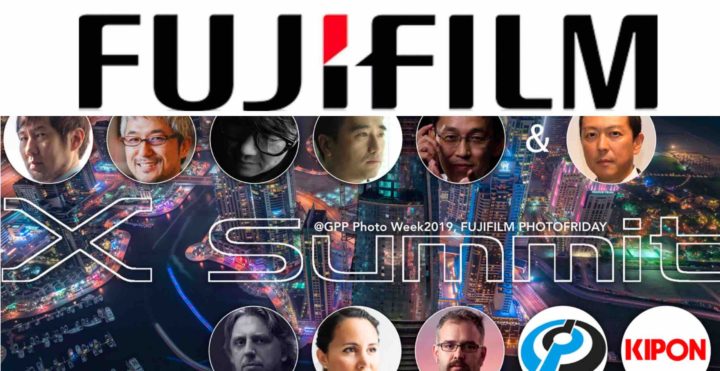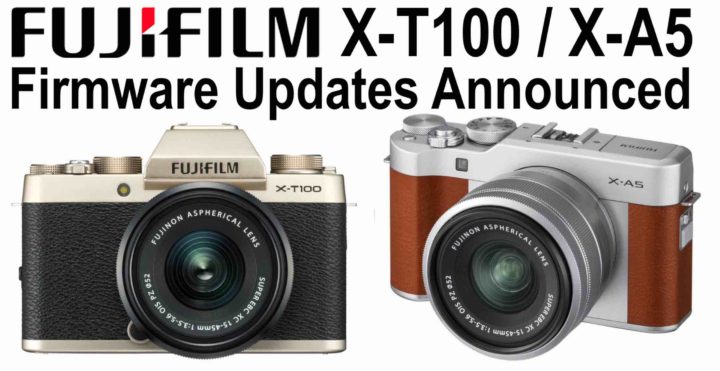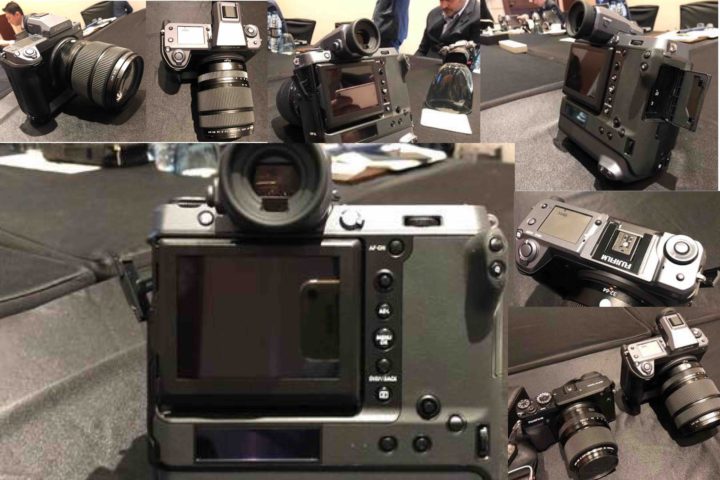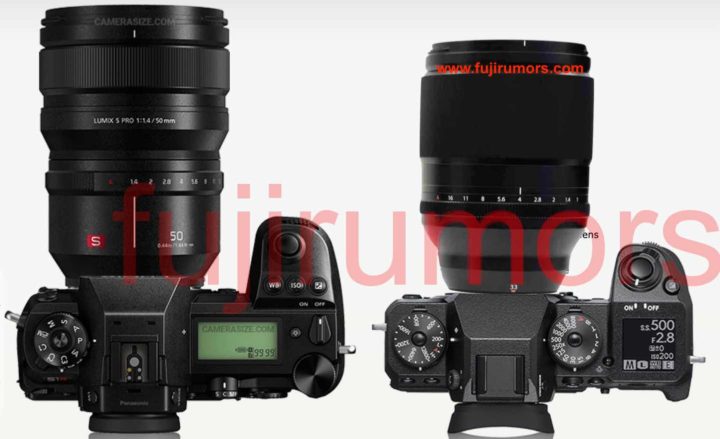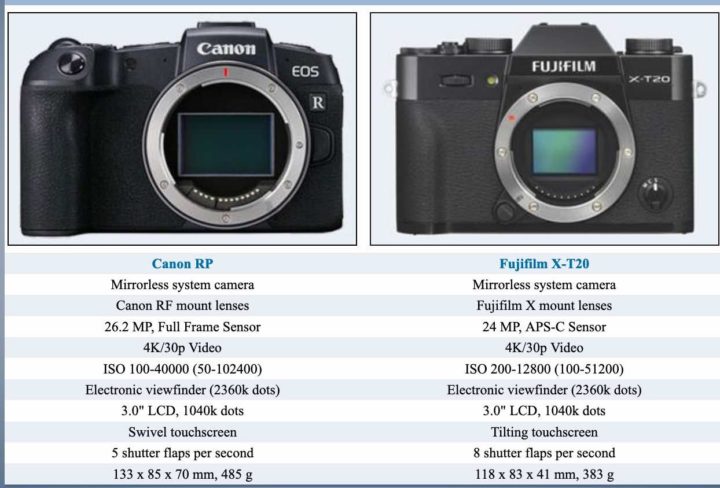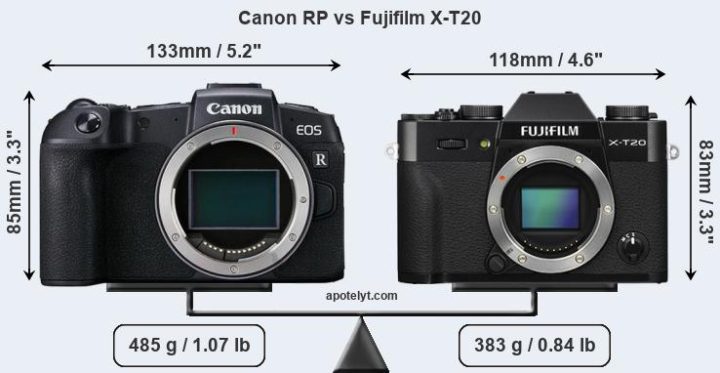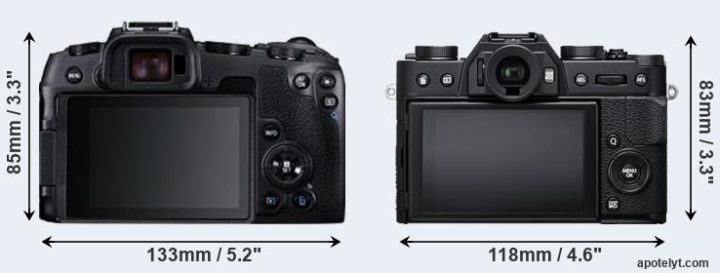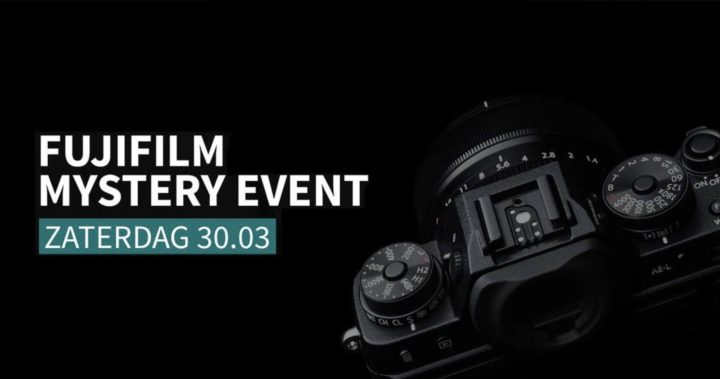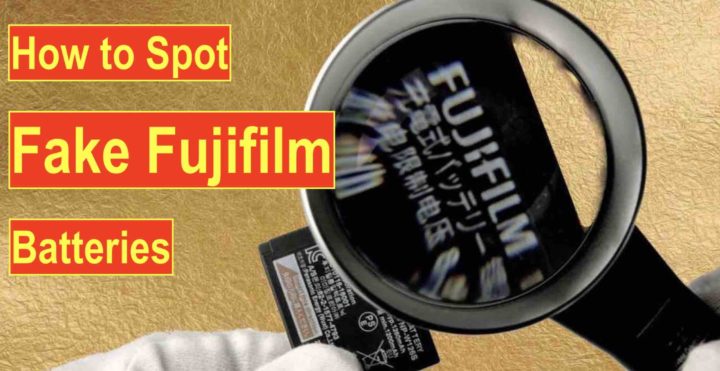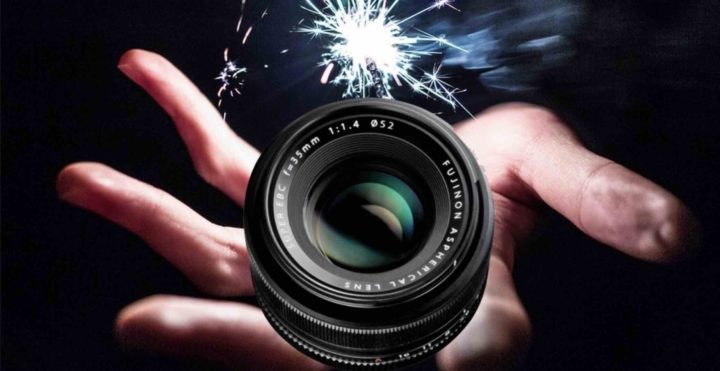Fujifilm X Summit: Recap of A Unique Event and One More Reason to Fall in Love with Fujifilm!
Fujifilm X Summit
What crazy days we had, triggered by the wonderful Fujifilm X Summit.
Fujifilm managers, engineers and designers explained their work, gave interesting insights and answered live questions of their customers.
Fujifilm even publicly asked us which lenses and firmware we would like next, letting us vote on various options (with overwhelming response by the FujiRumors community).
The X Summit shows, that the way Fujifilm interacts, listens and follows to customer needs, is more unique than rare, and it’s one more reason to fall in love with Fujifilm!
In case you missed it, make sure to check out our compact Fujifilm X Summit summary.
Fujifilm did an amazing job, customers answered in the best way possible, and for what it’s worth, I’ve also tried to honour the event by working restlessly and publishing 14 articles over the last weekend.
However, it seems that not everybody was able to keep track of it all, since I start to get emails from readers notifying me about news I have already published.
So I thought a quick recap could help:
- click here – Fujifilm X-H1 with XF 33mm f/1.0 vs Panasonic S1 with Lumix S PRO 50mm f/1.4 Size Comparison
- Fujifilm X-T30 – leaked images, first leaked specs, leaked extendend specs, first real life image, leaked images of dark gray version
- click here – Fujinon XF16mm f/2.8 announcement February 14
- click here – Fujifilm X Summit live coverage
- click here – Fujifilm GFX Modular Camera Concept Unveiled (with VIDEO)
- click here – Fujifilm X-T3 autofocus April Firmware 3.0 VIDEO demo
- click here – vote on Fujifilm requested lens and firmware surveys
- click here – XF16mm f/2.8 and XF16-80mm f/4 hand on images
- Fujifilm GFX100 – new specs and images, media slides and hands on images
Fun fact: at the X Summit Fujifilm said they will cooperate with Adobe for better X-Trans support, and four days later came this news:
- click here – First Looks at ADOBE’s New Enhance Details Feature for Sharper Fujifilm X-Trans files
- click here – ADOBE Improves Detail Rendering for FUJIFILM X-Trans RAW Files in Camera RAW 11.2
Never miss anything again, keep the overview, and follow FujiRumors on Facebook, Instagram, RSS-feed and Twitter
Our Owners Groups
- Fujifilm GFX User Group
- Fujifilm X-T User Group
- Fujifilm X-H User Group
- Fujifilm X-E User Group
- Fujifilm X-Pro User Group
- Fujifilm X100 line Group
Our Facebook Pages

